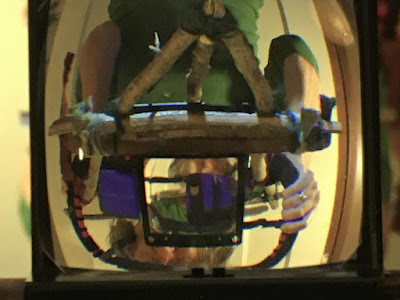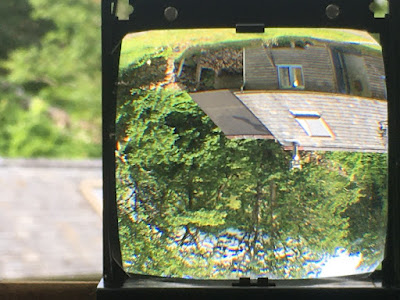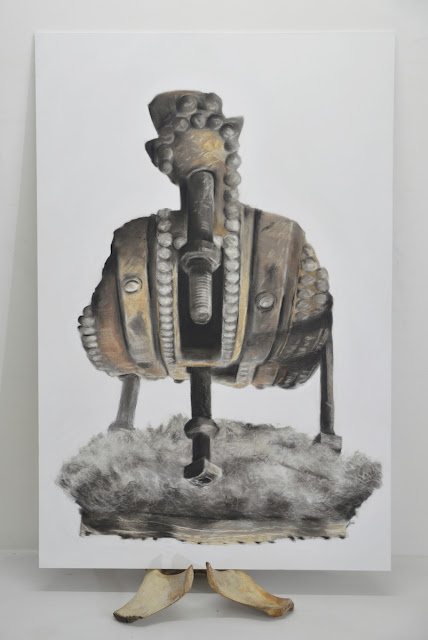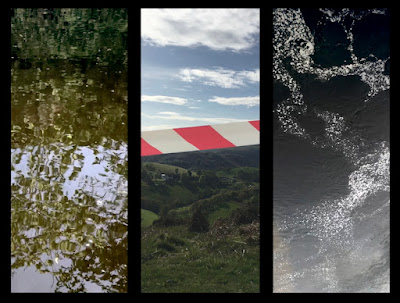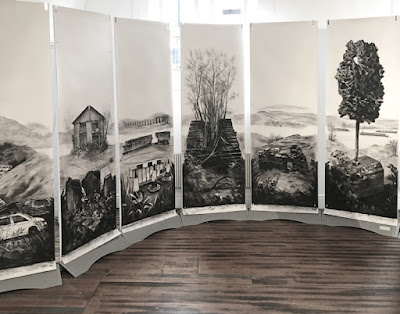
I often use the myriorama format as a way or combining interconnecting systems: environment, nature, industry, tourism, agriculture, psychology and art. Previous myriorama projects are: Connectives (2020) and Materials from the Garden (2021)
A myriorama - meaning multiple views - is a set of cards depicting interchangeable paintings of picturesque landscape that can be rearranged to create a near-endless variety of cohesive scenes.
Leigh / Clarke Myriorama (1824) I was given this original set as a child
Myrioramas became a popular craze across Europe in the early 1800s providing entertainment as well as a means of learning about aesthetics just as tourism was developing and as ideas of picturesque and sublime were being challenged by profound changes due to industrial and agricultural revolution.
I was commissioned by Our Picturesque Landscape Project to make a myriorama to include picturesque aspects and archetypal features of the Dee valley AONB whilst introducing elements that reflect the dilemmas and pressures of intense and often conflicting demands: to notice the barriers between marginal communities and the heritage sites and to help make connections between them.
These are some of the research materials gathered during a four day residency phase:
Newbridge still cut off in 2024 due to road subsidence in 2021
Cefn Mawr cut off by the dangerously polluted former Monsanto Chemical works.
Canal and river water flanking the ultimate picturesque view from Dinas Bran, with anti-erosion measures.
Video/projection of water from Horseshoe Falls, the feeder weir for the Llangollen Canal, onto old glass bottles found on domestic and workers' refuse tips at Corwen and Glyndyfrdwy.
Eight of the final 14 drawings (each 218x76cms, crayon, charcoal, black chalk on paper).
To see an animation of the whole myriorama go to:
The myriorama offers a framework to respond imaginatively to diverse sites, combining views of iconic features alongside elements, structures, objects and natural processes that may be hidden or more easily overlooked. It can speak of entrenched histories and ways of seeing, but it can also inspire us to tell new stories, imagine together different actions, choices and futures in a time of climate and environmental emergency.
shown as part of the OPL exhibition, Llangollen 2023.








